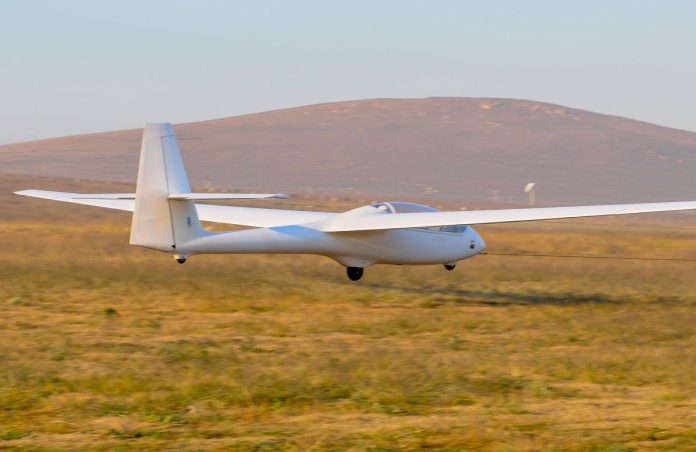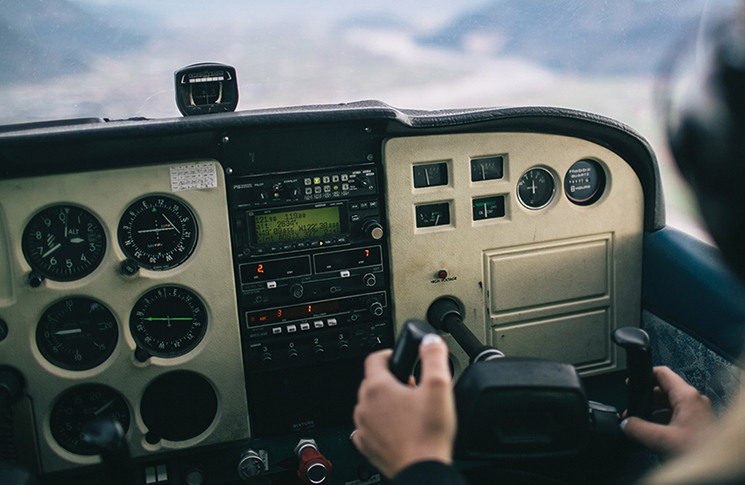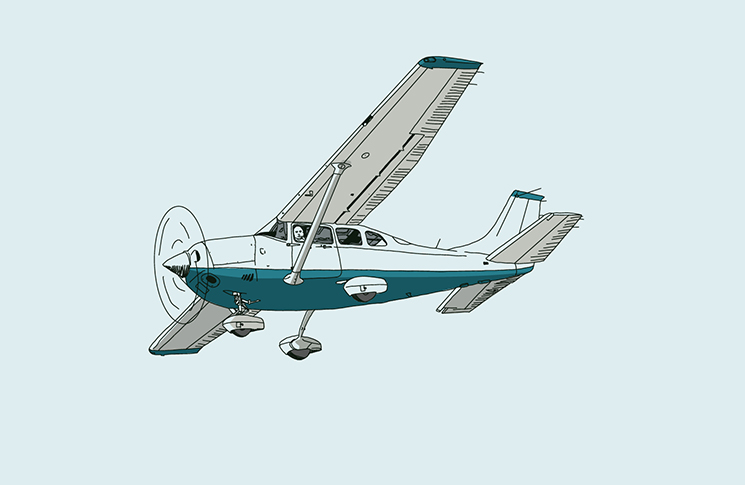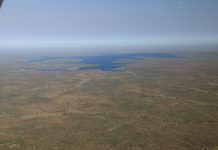Glider pilot Warren Scanlon learns the importance of ergonomics and familiarity
Having been a member of Waikerie Gliding Club for about four or five years and flying several types of gliders in that period, I suppose it should not have been a surprise when one busy summer in 1987 I was allocated another glider type.
Management apologised by saying that they had many overseas bookings, but were able to accommodate me as they had hired a glider from Adelaide University to let me fly. I was told that once you find the right number of cushions, it was reasonably comfortable and a very good performer. It was called a Phoebus, and was constructed of marine ply covered with fiberglass; it had a 60 foot wingspan, which was very large for a single seater, the normal span being 50 feet.
It obviously was not new, but had an air about it like a gracious old lady. The CFI was correct about the comfort; it took me at least an hour to find the right combination of cushions before I was able to sit in the beast and close the canopy.
Having organised the cushions, now let’s look at the handling notes. Sh**! it’s all in German. Some kind soul explains the instrumentation and points out the complicated arrangement for raising and lowering the undercarriage. Cripes it’s complicated, and I have to be a contortionist to operate the bloody handle.
Most undercarriage levers on gliders are the same, a simple lever which you push forward or back. Not so on the Phoebus; you had to pull the lever back, then rotate your shoulder and twist your wrist over to move the lever into a slot then wind a knob to tighten the lever. Bloody hell, no wonder they lost the war. And to make matters worse all the markings on the instruments were in German!
Having spent a good hour looking at all the instrumentation in the cockpit, and now feeling comfortable with the ‘lid’ down, yes let’s have a fly of the thing.
As usual with a first solo flight of a new type you are slightly apprehensive as everything is a bit different inside and they all handle slightly differently. Okay, all set … let’s go. I wave the wingman and the tug takes up the slack and we are rolling.
Nothing unusual about the take-off, the aircraft behaves itself and actually is very pleasant to fly. Having a long wingspan it has not the greatest rate of roll, but glides much better than most that I have flown to date. Yes I could get to like this glider. Now try a landing. I do the re-entry to the circuit and lower the undercarriage, yes they could have designed it better, but it is down and locked. The approach and landing went off quite well. Okay, I am happy to have the Phoebus for the week. So let’s try another launch.
I elect to launch immediately and get organised to take-off. It is quite busy at the pie cart with all the other gliders waiting to get airborne. Someone helps me get strapped in and connects the tow rope. Thank you, and a final wave and we are away.
Being summer there are lots of good thermals close to the aerodrome and I fly around close to the airport, not wanting to venture too far just yet. Practising turns is a good exercise in coordination and I do plenty of turns to the right, then to the left. Once again I feel comfortable with the glider, the German instruments no longer concerning me.
Time to land, the thermals are getting weaker so let’s rejoin the circuit downwind and do the checks. I lower the undercarriage and get confused with that blasted lever. What do I have to do, twist the bloody thing up or down to lock it? Sh**, I know the undercarriage is down, but I’m not sure if it is locked. I can’t read German, and even if I could, some of the letters of the decals are missing.
Final approach now, let’s concentrate on the landing. It glides beautifully and the approach is perfect. Over the threshold, hold back on the stick, fly straight and level, keep the nose on the horizon, hold it there, don’t get impatient and … gently down near the pie cart.
Rumble rumble of the main wheel on the grass, then THUD. The nose goes down, tail up … I hit my head on the canopy and am winded by my safety straps. The undercarriage has retracted and the glider is sliding on the grass. It pulls up in about fifty feet. Fortunately no damage to the glider, just damaged ego.
The crowd waiting by the pie cart are there immediately to help me out. I’m okay, just pissed off about the undercarriage lever. Many willing hands lift the nose while I select the ‘down’ position of the undercarriage lever and the retracted wheel pops out of the fuselage, and I make sure it is in the locked position. Well, now I know how it works let’s have another go before I lose my nerve.
The second launch went off without a hitch, in fact I had an hour and a half getting acquainted with the old girl and thoroughly enjoyed her company. I had eight more flights with the Phoebus that week and have fine memories flying her, but as you know … sometimes things go wrong.
Warren Scanlon’s aviation memoir, When things go wrong, is available on Booktopia and Amazon.






I have to ask, WHY was this aircraft allowed to fly with German language placards/instrumentation?
I joined AUGC shortly after they got the Phoebus back from Waikerie. The wheels up did some damage and was unreported to the club. I still have the photos somewhere. The instruments and placards were not in German. It was my first glass glider.